The Jaquard loom is often credited as the predecessor of the modern computer. By using punch cards that hold bytes, groups of binary information, patterns can be woven directly into the fabric via the automation of the machine. Inventions like Charles Babbage’s Analytical Engine were being directly compared to the loom only years after its conception (Elliot). Despite its monolithic reputation, there have been predecessors to the Jaquard loom itself. Even the original model was based on an earlier invention. These concepts of computation may have been realized only once they were automated with machinery, but their histories span far before and far away from the Jaquard loom. In Bolivia, the indigenous people of the Aymara culture inhabit the Altiplano region, a vast and windy expanse. The origin of Aymara culture is itself is disputed, although there is evidence showing there was human habitation in the ancient city of Tiwanaku as early as 110 CE (Marsh). These highlands are not associated with the rich collection of preversed ancient textile artifact from the more arid parts of the Andes, but the existence of more recent artifacts from past centuries can point to a longer history of aesthetics associated with Aymara textiles, some of which reflects a deep connection to contemporary technology.
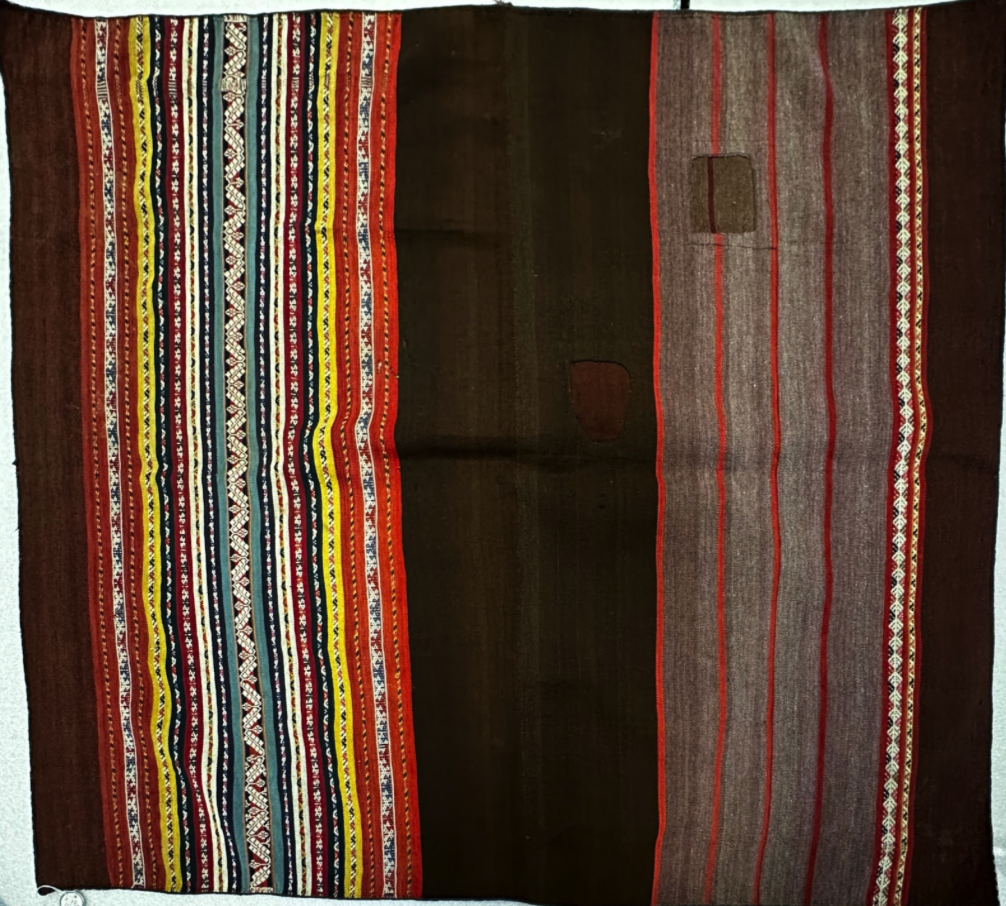
Fig. 1. Bolivian Acsu. Viewed from the Fowler Museum at UCLA.
The visible elements this textile’s composition alone demonstrate a lot about Aymara culture. It is a 20th century acsu, or overskirt, composed of two warp-faced selvaged panels sewn together. The facing of the skirt is quite condensed, with one thread count from the center of the cloth being 76 warps and 16 wefts per inch. The vibrant usage of color and hairier texture denotes that at least the warp yarns are camelid, which is commonly used in highland cultures for its warmth. A notable element of this piece is the asymmetry between the two selvedged panels. The vertical striping between the two sides vary greatly in design, and even the construction of the segments was asymmetrical; the terminals of the segments have been sewn on opposite sides, meaning the weaving of these two pieces started on opposite sides. These asymmetrical features are actually characteristic of an acsu, which stands alone amongst other pattern conventions in not matching despite “having a vacant center”(Femenias et. al 22).
With a closer look, means of aesthetic elements of the acsu are revealed. There more decorated patterning uses stripes of pebble weaving with long floats, as well as doublecloth. There is also a repeated usage of chimi, or mixed yarn colors that are plyed, in various segments of the acsu. This creates an interesting blend from further away, but up close, one can see how they are two separate colors that are entwined. The subtlety of this mixture is emphasized in areas that also utilize the warp-faced patterning for minimal exposed chimi. This effect is mirrored in the right outermost segment. This combination of warp-faced patterning and chimi allows for possibilities of very soft gradients while only using two yarn colors.
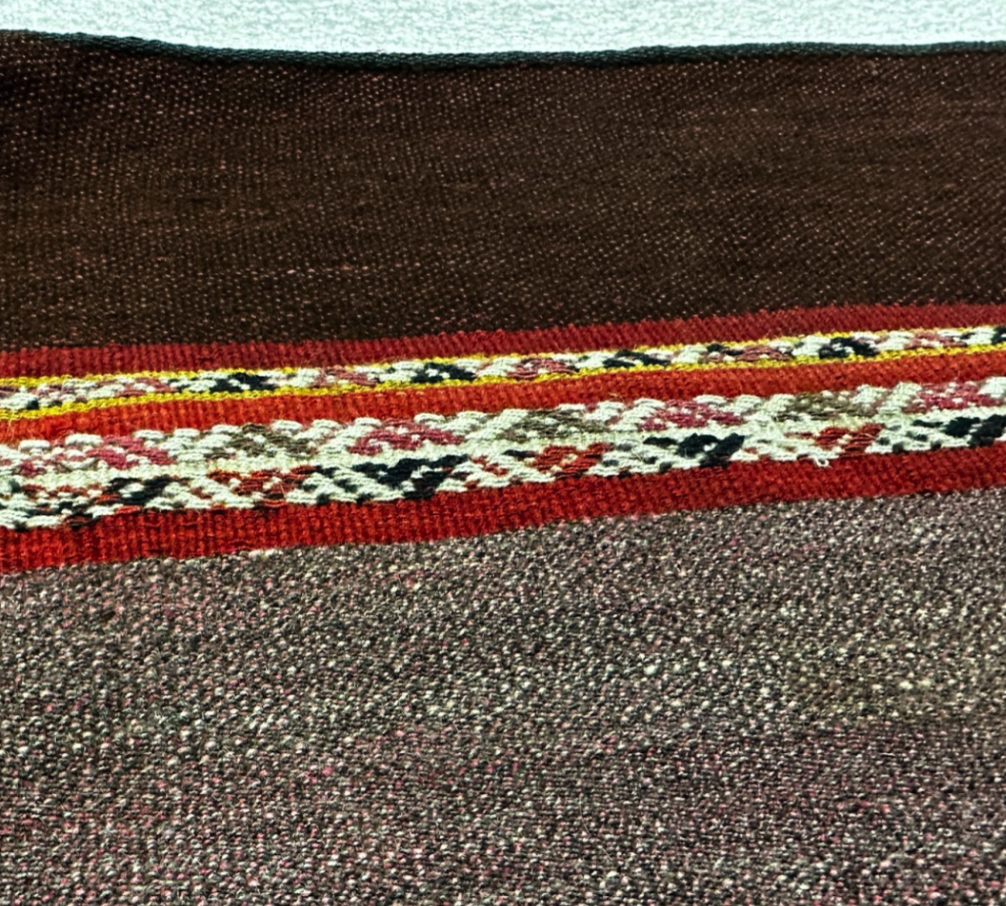
Fig. 2. The upper right edge of the Bolivian acsu.
This application of this gradient techique is not relegated to the Aymara people, or the Andes as a whole. Rather, it can be understood as a predecessor to the practice of dithering in computer image processing. To understand the application of dithering, bit depth and gamut are useful concepts. Bit depth determines the number of possible color variants on the displayed image, whereas gamut determines the range of color possible. These two variables are independent, but together they create the possible palette of the image being rendered.
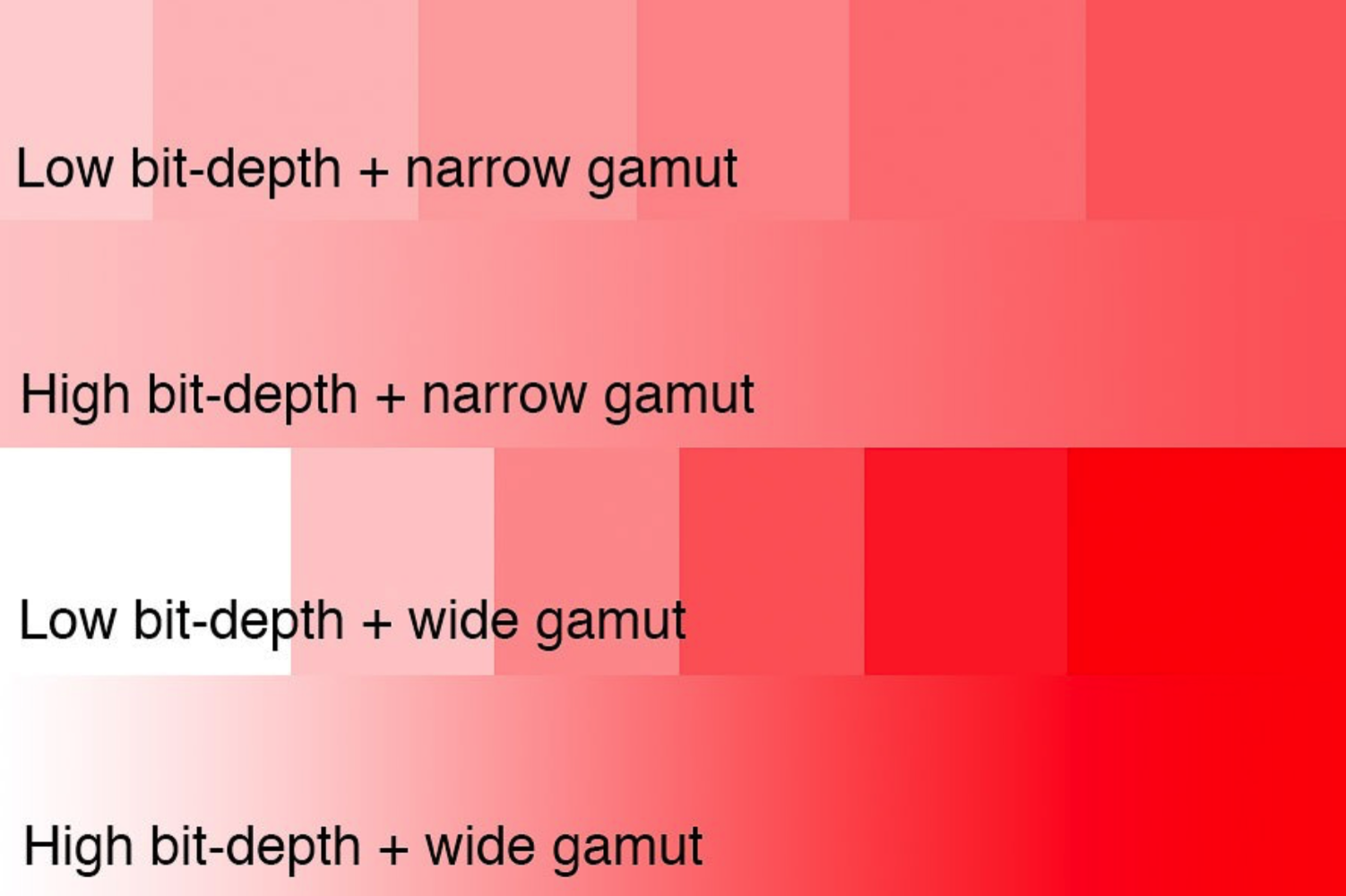
Fig. 3. Bit-depth versus gamut example. Image created by Greg Benz.
In the context of the brown and pink yarns of the overskirt, it has the lowest possible gamut, and essentially no bit-depth. There are only colors with no gradient possible. In order to simulate a gradiation of colors, dithering utilizes the spacing of individual pixels to blend the colors together in the human eye at the larger scale.
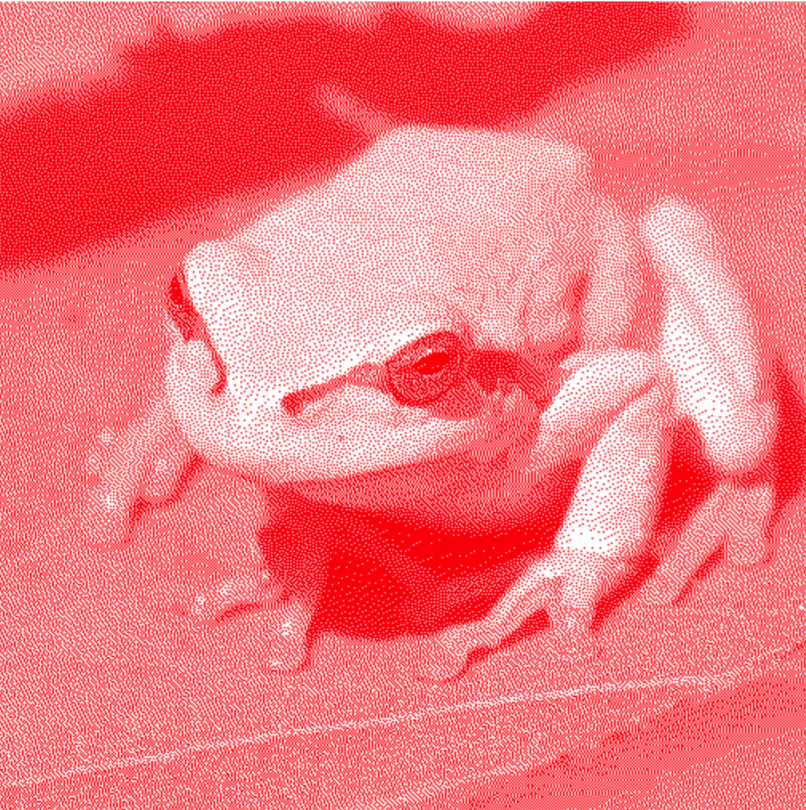
Fig. 4. A dithered image of a frog using only red and white pixels. Created by ditherit.com.
When an image is dithered (converted to use lower bit-depth, usually to compress the image and reduce the file size), it is typically calculated by using the probability of its new dithered color based on its original color. For instance, if a gray scale image has a pixel that is 80-20 mix of black to white, there is an 80% chance that pixel will be processed as a black pixel and a 20% chance it will be processed as white (Miller). This random sequencing is typically used to stop banding, which creates distinct areas of color across a compressed image.
When comparing this random sequencing to the warp-faced patterning with chimi on the outer right segment, the randomization is entirely absent, but the greater principle of a color being mixed with two solid colors is essential for the unique color effect. The intentionality of the final effect can’t be understated, as the weaver’s choice create the unique shade. There is a consistent pattern of 2 plain brown, one chimi pink-brown in the warp that creates a speckled effect. In addition the usage of chimi essentially doubles the “resolution” of the segment. This usage of a smaller unit creates an even higher quality simulation of bit-depth.
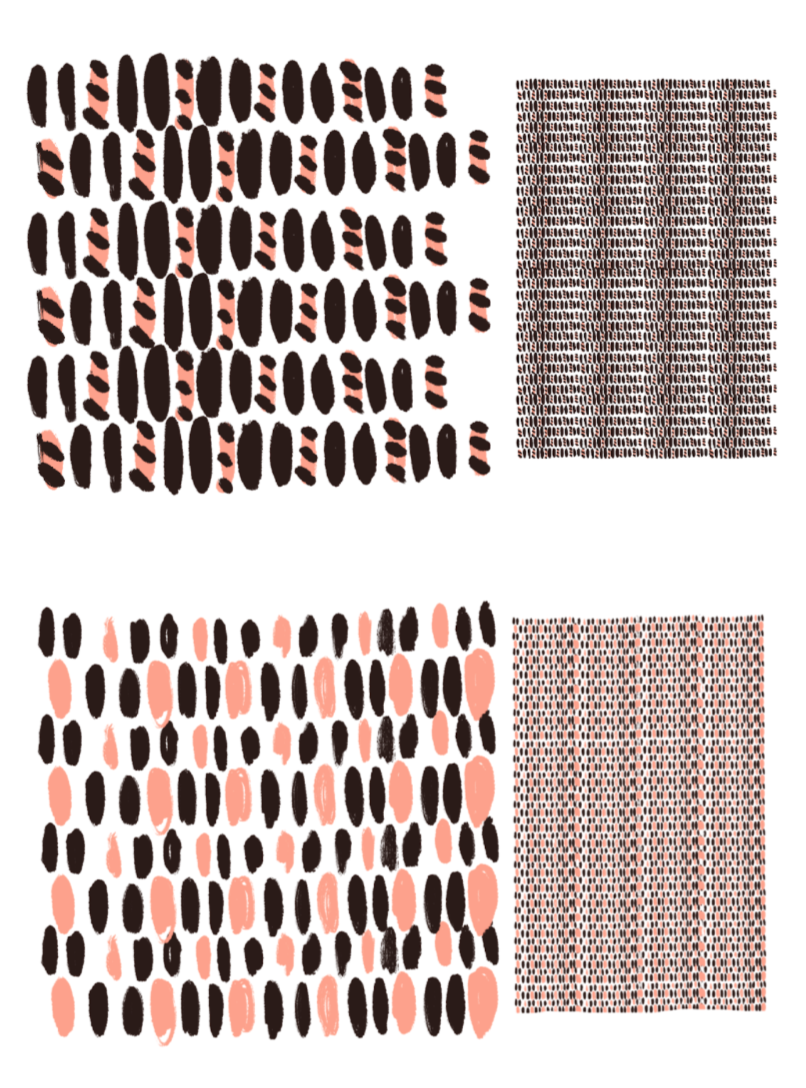
Fig. 5. Comparison of chimi to non-chimi yarns in warp-faced pattern example. Drawn on procreate.
Another variable in the overskirt is the presence of lloq’e. Most of the yarns in the piece are Z-spun, S-plied, but the presence of some Z-plied yarns creates a vertical patterning through the opposing textures. This in itself seems akin to linear image filters like gaussian blur, which evenly and indiscriminately affect the image. Just like the presence of chimi, this minor displacement creates a subtle but important appearance on the fabric.
The comparison between pixels and yarns in Andean weaving isn’t new. Ed Franquemont coined the term “texels,” deeming visible portions of yarns on the face of the fabric as “small units of meaning” with the ability to “continue indefinitely in each of the preferred directions”(83). While this term is meaningfully used in Franquemont’s comparison of symetries within weaving and jazz, the concept of a nondigital pixel can be expanded upon. Visual displays utilizing pixels have become one of the most prominent interfaces for computation, and perhaps the transferring of knowledge as a whole. These concepts of dithering, resolution, and filtering all exist in a comparable state in this Aymara overskirt. The idea of a pixel as a traditional unit and one that is created by hand and within the Andes should promote new ideas about digital media: that eurocentric beliefs around the dawn of the digital age need to be reconsidered, that computation can be exclusive from automation, and that craftsmanship is not exclusive from algorithmic thinking. In a current age where machine learning is steadily controlling more of our programming, I feel as though the artisanship of human made programming will become more apparent to the world, even though that artisanship has been there all along.
Works Cited
Dilhani, Shashika. “Digital Image Processing Filters.” Medium, 5 Aug. 2021, medium.com/@shashikadilhani97/digital-image-processing-filters-832ec6d18a73.
Dorothy Koster Washburn, et al. Embedded Symmetries : Natural and Cultural. Albuquerque, University of New Mexico Press, 2004.
Elliott, Francesca. “Jacquard Loom | Science and Industry Museum.” Science and Industry Museum Blog, 17 Oct. 2017, blog.scienceandindustrymuseum.org.uk/jacquard-loom/.
Marsh, Erik J. “A Bayesian Re-Assessment of the Earliest Radiocarbon Dates from Tiwanaku, Bolivia.” Radiocarbon, vol. 54, no. 2, 2012, pp. 203–218, https://doi.org/10.2458/azu_js_rc.v54i2.15826.
Timothy N. Miller. “A Brief Discussion of “Gamma” in Display and Visual Systems.” YouTube, 4 Oct. 2022, www.youtube.com/watch?v=F7iK3L76CXM. Accessed 2 June 2025.